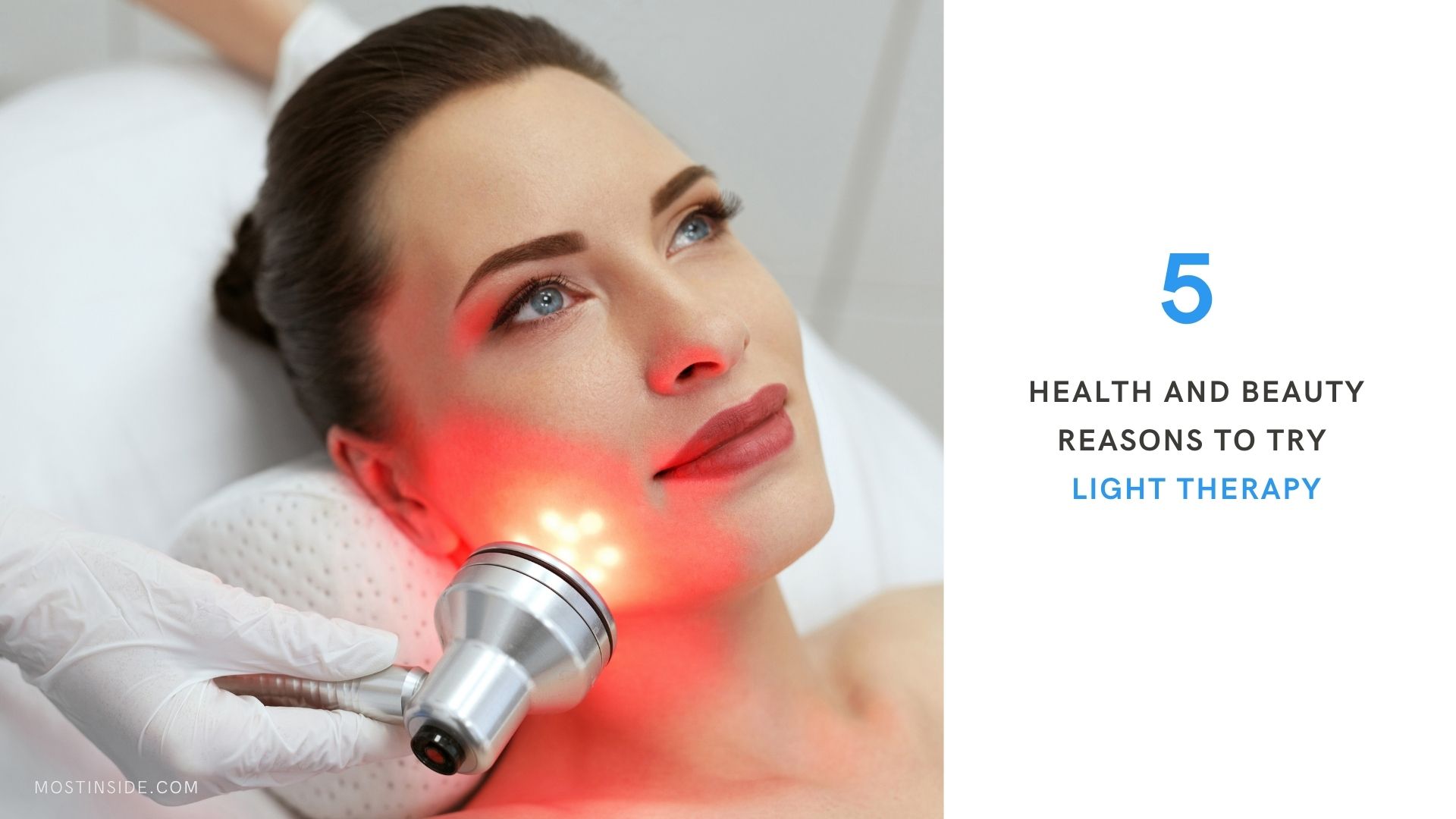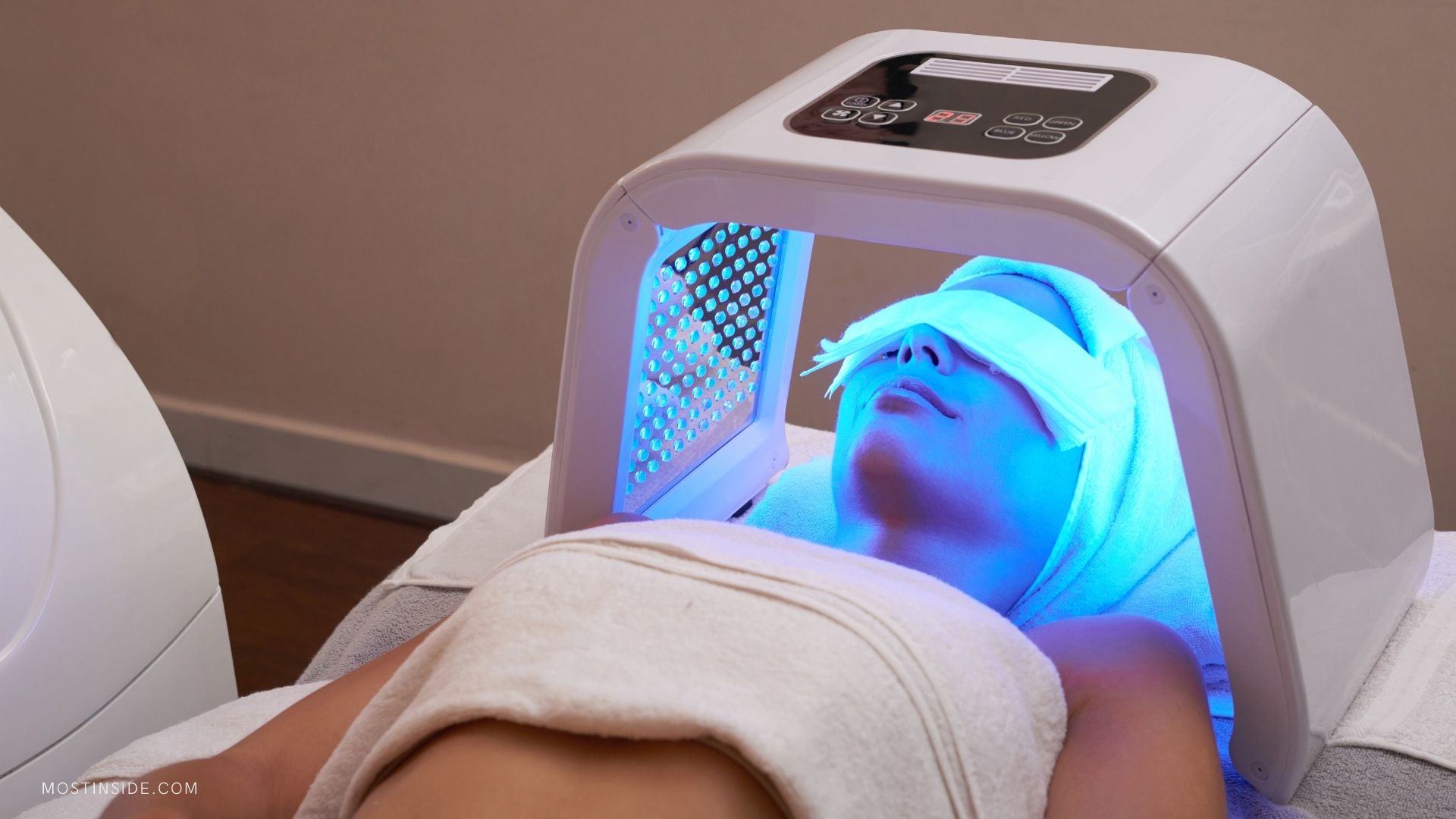5 Health And Beauty Reasons To Try Light Therapy
This post was last updated on January 7th, 2025
Light therapy is used nowadays in both the health and beauty industry. As its name implies, artificial light is used not just to treat physical blemishes but also to possibly treat seasonal affective disorder (which is also known as SAD, a seasonal type of depression more frequent during the colder, dark months).

The leading light therapy lamp brands like Sunrise Sensations carefully study how light affects the brain hormones and chemicals that are responsible for controlling mood and sleep. Because of their keen interest, the applications of light therapy have extended into other areas of daily life.
With that being said, here are five health and beauty reasons to give light therapy a try:
1. It Can Be A Possible Treatment For Many Conditions
Going for light therapy can bring many promising benefits to your health and body. Some of the disorders that light therapy may help in treating include the following:
- Dementia,
- SAD,
- Other forms of depression,
- Difficult adjustment to a graveyard work schedule,
- Jet lag,
- Sleep disorders.
On the other hand, when it comes to skin conditions, it’s not just about smoothening those wrinkles and bringing off an anti-aging effect. Light therapy is also used for more serious skin disorders like psoriasis. The only difference lies in the kind of light that’s being used. For skin conditions, the light used is usually ultraviolet or UV light.
However, in recent times there has been a significant increase in the number of people using red light therapy products to treat their skin conditions without taking any drastic measures.
Be sure not to experiment with light therapy as a skin treatment on your own. You need the help of expert skin doctors so that proper protective equipment can be placed on your eyes and skin to prevent it from getting damaged.
2. It Boosts Your Body’s Vitamin D Levels
One of the most important vitamins that the body needs to have is vitamin D. This is helpful in potentially reducing the risk of many forms of cancer, heart disease, and weight gain.
Vitamin D is also referred to as the ‘sunshine vitamin’ because the body synthesizes it when sunlight hits your skin. However, the body doesn’t create any distinction in the actual light source. So, in the absence of natural sunlight, you may consider using light therapy.
3. It May Treat Vitiligo
Vitiligo refers to the skin condition that causes skin discoloration patches or skin pigmentation. It can affect all skin types but is more visible in patients with darker skin tones.
Vitiligo is most noticeable in the face, neck, and skin creases. But it can also be all over the skin, depending on how severe your vitiligo is.
There are two different forms of light therapy that are showing promise in helping treat vitiligo and making the patches less visible. These are the different types:
- Narrow-band ultraviolet B light, wherein a doctor uses laser light for application;
- Ultraviolet A light, which uses a light booth alongside psoralen.
4. It Can Possibly Ward Off Seasonal Depression
As its name implies, seasonal depression can affect those who live in areas with shifting seasons. This condition is more common during the cold and dark winter months.
You see, the natural light coming from the sun can do a great deal in improving a person’s mood. When the days are bright, people tend to be more cheerful too. Plus, your day-to-day life isn’t significantly affected by the warmer season. Come wintertime, it’s safe to say that life can be harder. Going out may be hampered because of the difficulty brought about by the snow, and the cold forces people to stay inside.
This is when seasonal depression kicks in. Because natural light sources aren’t available, you’ll then have to settle for artificial sources through light therapy.
5. It May Help Manage Scleroderma
Scleroderma is a rare autoimmune disease whereby the normal skin tissue is replaced by thick tissue with extra collagen.
Some of the symptoms of scleroderma can include the following:
- Hair loss,
- Swelling of feet and hands,
- Fatigue,
- Red spots on the skin,
- Weight loss.
At present, there’s no cure for scleroderma. But light therapy can help manage its symptoms. Generally, your doctor is going to prescribe you to undergo UVA-1 phototherapy. This kind of light loosens up the scarred areas to reduce itching and help treat the patches.

Conclusion
When you want to de-stress, you may have heard of the all-too-familiar advice to get more light and sun exposure. In fact, many homes today have more natural light coming in through floor-to-ceiling windows to bring about a better mood in the household. But, if you don’t have access to natural light, like in the winter months or rainy and cloudy season, then you need to find an alternative. This is where light therapy comes in. Given that it’s safe and has very few side effects or none at all, you can rely on light therapy to be an aid in improving your health and beauty.
Recommended For You
Services Provided by Orthodontists
Most Inside
Most Inside offers high-quality recommendations and valuable updates to enhance all aspects of your life, providing premium guidance and enriching experiences.




